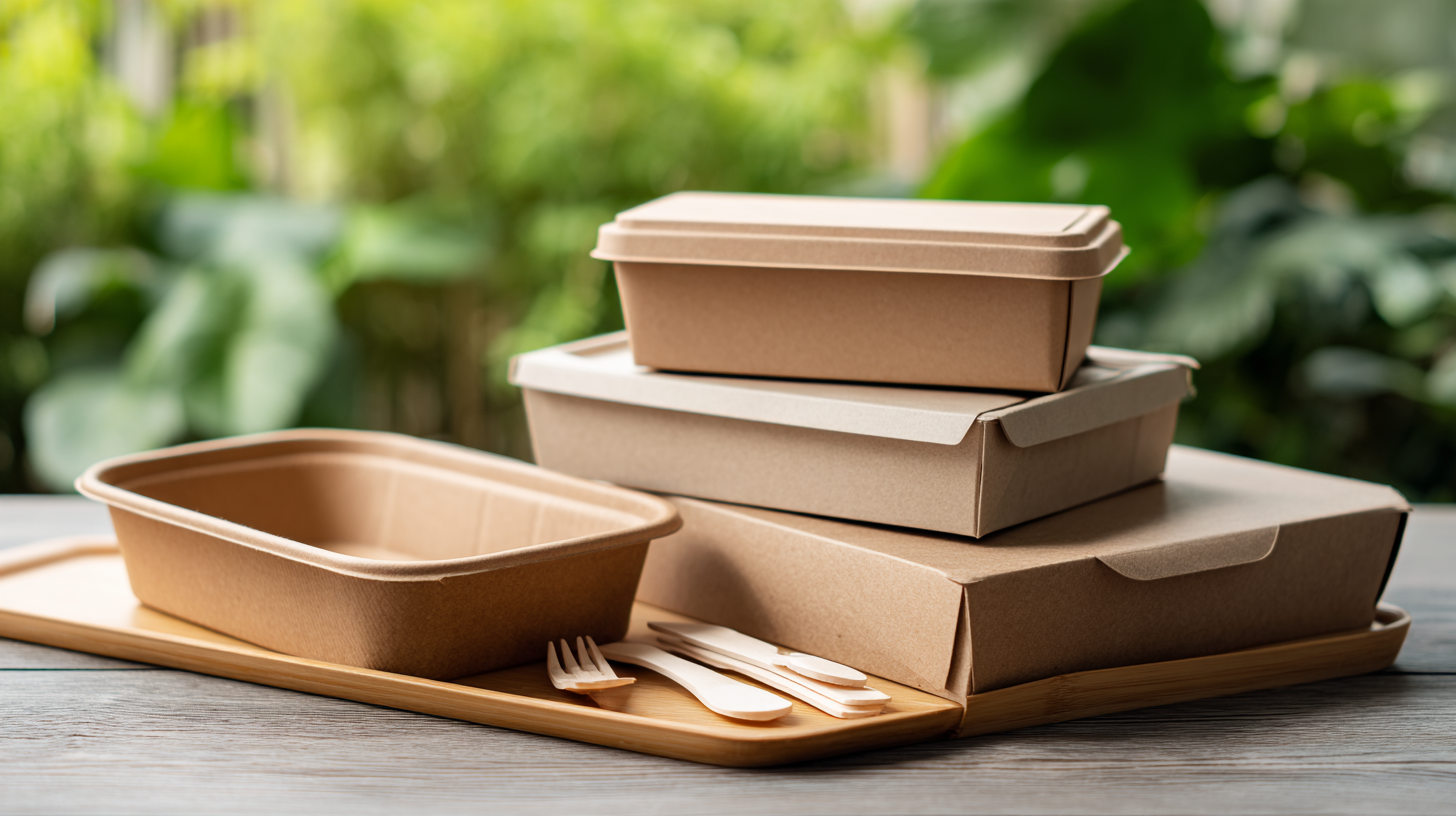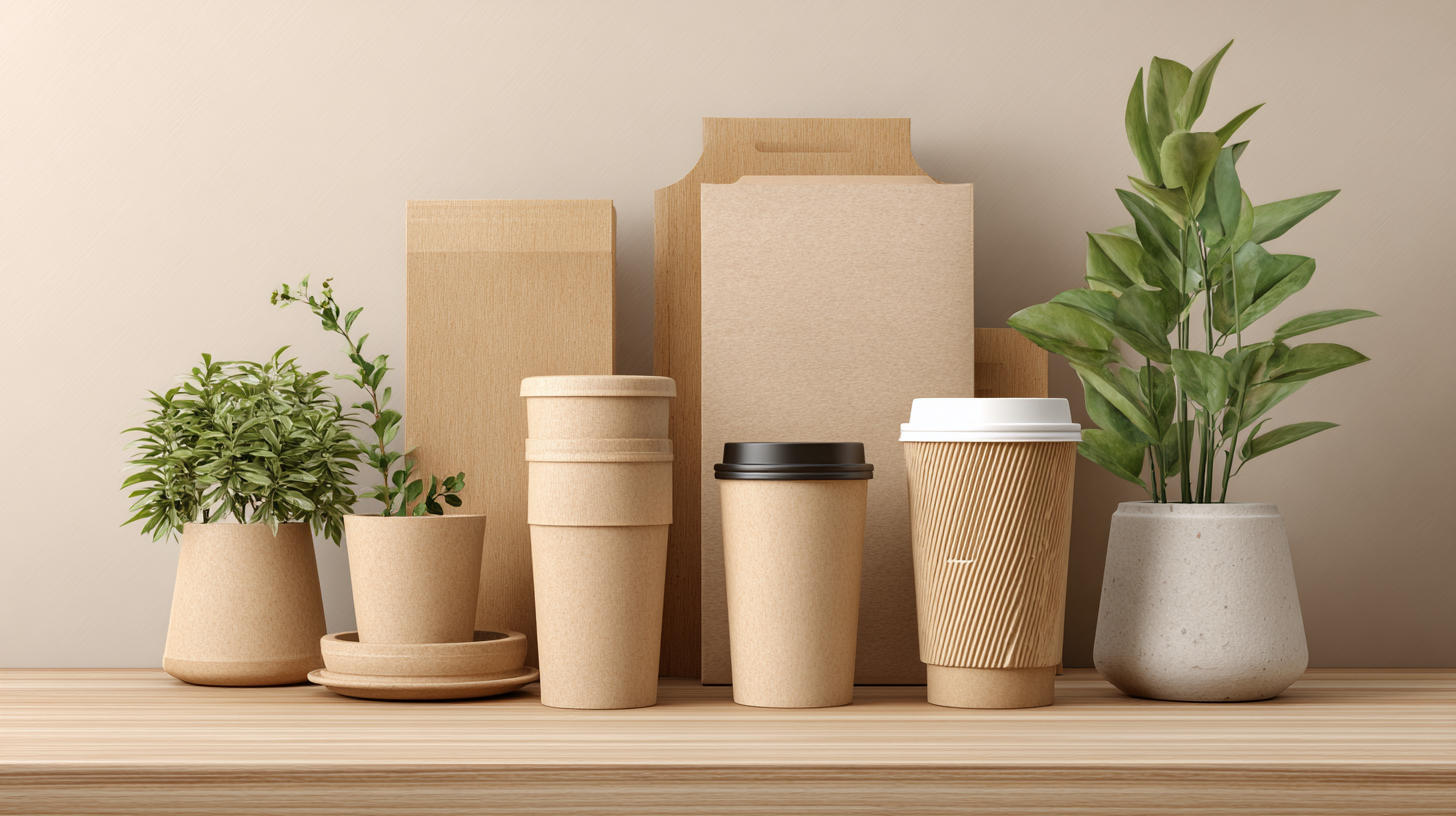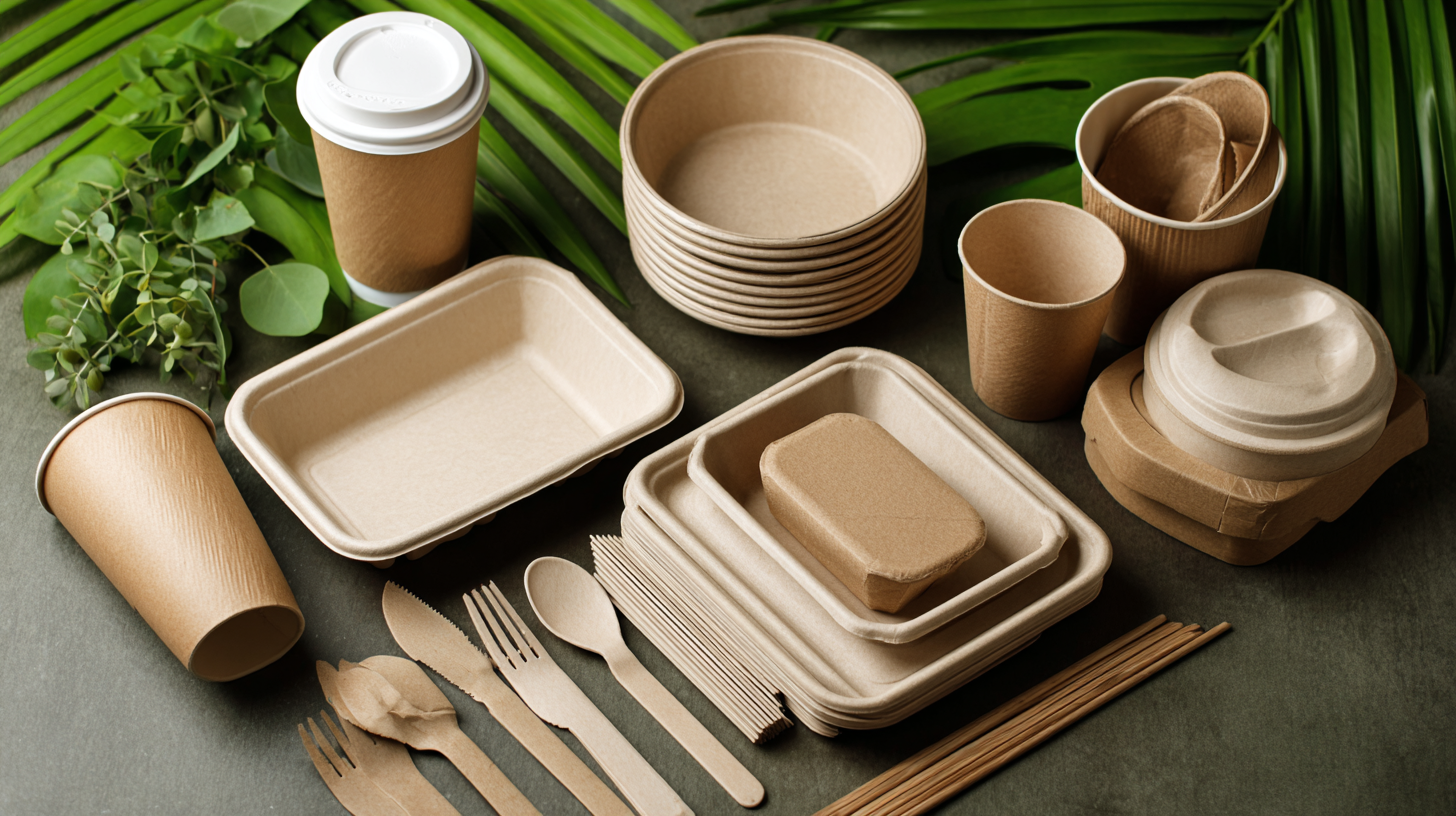In the evolving landscape of environmental responsibility, businesses are increasingly turning to sustainable solutions, with a notable shift towards the use of biodegradable disposable packages. According to a 2021 report by Grand View Research, the global biodegradable packaging market is projected to reach USD 404.89 billion by 2027, growing at a remarkable CAGR of 14.7%. This surge is driven by rising consumer demand for eco-friendly products and increasing regulations aimed at reducing plastic waste. As companies seek to align their operations with these environmental standards, understanding how to choose the best biodegradable disposable package for their unique business needs becomes imperative.

Selecting the right packaging not only supports sustainability initiatives but can also enhance brand image and customer loyalty by demonstrating a commitment to the planet. This blog will explore essential factors to consider when selecting biodegradable packaging options that suit your business, ensuring you make informed decisions that benefit both the environment and your bottom line.
In today's environmentally conscious world, the benefits of using biodegradable disposable packages have become increasingly significant for businesses aiming to adopt sustainable practices. These packages are designed to break down more naturally in the environment compared to traditional plastic alternatives, reducing pollution and landfill waste. By choosing biodegradable options, businesses can significantly lower their carbon footprint, aligning their operations with eco-friendly values that resonate with consumers.

Moreover, utilizing biodegradable packages enhances a company's brand image. Consumers today are more informed and attentive to their purchasing decisions, often preferring brands that prioritize sustainability. Businesses that invest in biodegradable packaging not only contribute positively to the environment but also differentiate themselves in a competitive market. This commitment to sustainability can foster customer loyalty and attract new clientele who are eager to support environmentally responsible companies. Ultimately, embracing biodegradable disposable packages is a strategic choice that benefits both the planet and the bottom line.
Biodegradable packaging is becoming increasingly vital as businesses seek to minimize their environmental impact. Research indicates that landfill waste constitutes over 50% of global waste, with plastic packaging making up a significant portion. According to a 2021 report by the Ellen MacArthur Foundation, if we do not alter our production and consumption habits, the global plastic waste might surpass fish in the oceans by 2025. Biodegradable materials, made from natural substances, break down more easily in the environment, effectively reducing the volume of waste that contributes to pollution.
When choosing the right biodegradable packaging, businesses should consider its compostability and the specific environmental conditions required for it to biodegrade. For example, products like PLA (polylactic acid) can decompose in industrial composting facilities within 90 days, while traditional plastics can last hundreds of years.
**Tip:** Always check for certifications such as ASTM D6400 or EN 13432 to ensure the packaging meets biodegradability standards.
Additionally, opting for local suppliers of biodegradable packaging can further diminish carbon footprints, as it reduces transportation emissions.
**Tip:** Look for companies that source their materials sustainably and implement eco-friendly manufacturing processes, as this not only supports environmental efforts but can also resonate with eco-conscious consumers.

In the quest for sustainable business practices, choosing the right biodegradable disposable packaging is essential to balance cost-effectiveness and environmental responsibility. As of 2024, the global insulated packaging market is projected to grow significantly, expanding from a valuation of $16.01 billion to an expected $25.95 billion by 2030. This growth underscores the increasing demand for sustainable packaging solutions that not only meet regulatory standards but also appeal to eco-conscious consumers.
Interestingly, the adoption of reusable transport packaging can complement these efforts by providing both sustainability benefits and cost savings throughout the supply chain. Industry experts indicate that transitioning to reusable options can significantly reduce material costs while minimizing waste. Reports suggest that businesses leveraging such eco-friendly packaging can expect improved brand loyalty and customer satisfaction as more consumers prioritize sustainability in their purchasing decisions. By carefully evaluating both biodegradable and reusable packaging options, companies can strike the right balance between maintaining budgetary constraints and embracing sustainable practices that have a positive impact on the environment.
This bar chart represents the cost per unit of various biodegradable disposable packaging options. As businesses strive to balance budget constraints with sustainability goals, understanding these costs is crucial for making informed packaging decisions.
In today’s marketplace, the demand for sustainable products is at an all-time high. According to a recent report by Nielsen, 81% of global consumers feel strongly that companies should help improve the environment. This statistic highlights the importance of eco-conscious packaging in attracting environmentally aware customers. Biodegradable disposable packages are an effective way to meet this consumer demand, providing an attractive alternative to traditional plastic packaging.
Furthermore, the Green Packaging Market is projected to reach $600 billion by 2024, reflecting a significant shift in consumer preferences towards eco-friendly options. By adopting biodegradable packaging, businesses not only improve their environmental footprint but also enhance their brand’s image, aligning with the values held by a majority of today's consumers. Companies incorporating green packaging into their operations can position themselves favorably in a competitive landscape, building loyalty among eco-conscious customers and differentiating themselves from businesses that rely on non-sustainable materials.
In today’s increasingly eco-conscious market, businesses are under significant pressure to comply with regulatory standards regarding packaging. Choosing biodegradable disposable packages is not only a matter of corporate responsibility but also a strategic move to stay ahead of the competition. Regulations vary by region and industry, so it’s essential for businesses to understand the specific requirements that apply to their operations. For instance, some jurisdictions mandate the use of compostable materials for food packaging, while others may focus on recyclability or specific material properties.
Implementing eco-friendly packaging solutions can also enhance your brand’s image. As consumers become more aware of environmental issues, their purchasing decisions are heavily influenced by sustainability practices. By opting for biodegradable packaging, businesses demonstrate their commitment to reducing waste and supporting environmental initiatives. Moreover, staying up to date with regulatory compliance not only mitigates risks associated with fines and penalties but also opens up opportunities for collaboration with other eco-conscious companies. Investing time and resources into understanding and implementing these standards can set your business apart in a crowded marketplace.
| Packaging Type | Material | Biodegradation Time | Regulatory Compliance | Suitability for Food Contact |
|---|---|---|---|---|
| Compostable Bags | PLA (Polylactic Acid) | 90-180 days | ASTM D6400 | Yes |
| Biodegradable Takeout Containers | Sugarcane Bagasse | 30-90 days | EN 13432 | Yes |
| Biodegradable Cutlery | CPLA | 90-120 days | ASTM D6868 | Yes |
| Biodegradable Paper Products | Recycled Paper | 2-5 months | FSC Certified | Yes |
